KCPE SCIENCE 2009 QUESTIONS AND ANSWERS
Question 26.
Which one of the following statements describe a human canine tooth?
Question 27.
Which one of the following consists only of parts of the human body where digestion takes place?
Question 28.
Which one of the following statements about reproduction in human beings is CORRECT?
Question 29.
In which one of the following activities is water used for recreation?
Question 30.
In which one of the following is water used sparingly?
Question 31.
When constructing a wind vane the
Question 32.
Which one of the following groups of planets are in the CORRECT order in terms of distance from the sun?
Question 33.
The diagram below represents a weather chart prepared by pupils.
Which one of the following statements is CORRECT about the weather chart?
Question 34.
Birds that have short, straight and thick beaks are
Question 35.
In which one of the following does the load move through the same distance as the effort when in use?
Question 36.
Which one of the following pairs of objects will float on water?
Question 37.
During a demonstration to investigate a certain property of matter, soil was put in a small container and then dipped in water in a basin.
This was to show the presence of
Question 38.
Which one of the following pairs of materials are good conductors of electricity?
Question 39.
Which one of the following statements about energy is TRUE? Energy is
Question 40.
Driving a motor vehicle with a well maintained engine will mainly control pollution in
Question 41.
A flower which has long feathery stigma and loosely held anthers is also likely to
Question 42.
The chart below shows some farm animals and their products
Question 43.
The diagram below shows a set-up used by pupils to carry out an investigation
The investigation was to
Question 44.
Which one of the following is TRUE about soil that has high water retention? It has
Question 45.
Which one of the following is an effect of soil pollution?
Question 46.
Which one of the following groups consist only of external livestock parasites?
Question 47.
In which one of the following cases is friction a disadvantage?
Question 48.
Which one of the following is a source of electricity?
Question 49.
Which one of the following are both reasons for lighting a house?
Question 50.
In a certain investigation on soil, pupils heated soil in a container until smoke was produced. This was to investigate presence of
MORE STD 8 REVISION RESOURCES
0 Comments
KCPE PAST PAPERS 2011: SCIENCE QUESTIONS AND ANSWERS [QNS 01-25]
Question 01:
Which one of the following diseases is a child immunized against at birth, sixth week, tenth week and fourteenth week after birth?
Question 02:
Which one of the following is advisable when spraying with chemicals?
Question 03:
Which one of the following pairs consists only of omnivorous animals?
Question 04:
The reason why some plants have thick waxy cuticle is to
Question 05:
Which one of the following consists of groups of food that mainly contain fats?
Question 06:
The first step in obtaining salt from a mixture of salt solution and pieces of copper wire is
Question 07:
Substances that have definite mass and volume are
Question 08:
A lactating mother should feed on a diet rich in calcium and phosphorous in order to
Question 09:
Which one of the following is the most effective preventive measure against the spread of sexually transmitted infections amongst the youth in schools?
Question 10:
Which one of the following pairs consist only of inclined planes?
Question 11:
The percentage of the component of air in the atmosphere used by legumes to make proteins is
Question 12:
The following are signs and symptoms of anaemia EXCEPT
Question 13:
Which one of the following consists only of a pair of animals that have constant body temperature?
Question 14:
The following are some activities carried out in an experiment to investigate drainage in soil.
(i) Put equal amounts of three types of soil in separate funnels.
(ii) Place the funnels on the mouth of each of the three plastic bottles. (iii) Put cotton wool in the neck of each funnel. (iv) Pour equal amounts of water on each type of soil at the same time. Which one of the following is the CORRECT order of the activities?
Question 15:
Which one of the following methods of soil conservation can be used to control splash erosion?
Question 16:
The effects of heat on ice that make it change to gaseous form are
Question 17:
The chart below represents a simple classification of crops
Which one of the following crops are CORRECTLY represented by W, X, Y and Z?
Question 18:
The following is a feeding relationship that was observed in a certain habitat.
Maize grains --> Rats --> K --> Hawks
Which one of the following is CORRECTLY represented by K?
Question 19:
Which one of the following pests is CORRECTLY matched with the part of the crop it attacks?
Pest Part of crop attacked
Question 20:
Which one of the following diagrams represents what is observed when water is poured into a tin can with holes of the same size at different depths?
Question 21:
The diagram below represents a thermometer used to measure temperature of a certain liquid
From the thermometer, the temperature of the liquid is
Question 22:
The diagram below represents a set-up that was used to demonstrate a certain aspect of heat
The aspect demonstrated was
Question 23:
To save a person who has touched an exposed electric, wire, one should
Question 24:
In a certain investigation pupils heated different materials and recorded their findings.
Which one of the following CORRECTLY shows the pupils’ findings?
Question 25:
Which one of the following statements is NOT TRUE about friction. Friction is a force that
MORE STD 8 REVISION RESOURCES
KCPE 2019 SCIENCE QUESTIONS AND ANSWERS
Question 26:
Which one of the following DOES NOT explain why an improved jiko conserves energy? It has
Question 27:
in which one of the following is work made easier by changing the direction of force applied?
Question 28:
which one of the following groups of foodstuffs constitutes a balanced diet?
Question 29:
The diagram below represents a windsock constructed by pupils
A suitable material that can be used to make the part labelled Q is?
Question 30:
in which one of the following circuit diagrams will the bulb not light?
Question 31:
which one of the following is a way of controlling water pollution?
Question 32:
the MAIN reason why a baby needs to be breastfed by the mother is that the milk produced
Question 33:
the following are features of certain types of clouds:
(i) white in color
(ii) appear like bundles of cotton (iii) dark grey in colour (iv) mountainous in shape Which pair of features are for nimbus clouds?
Question 34:
the diagram below represents a set-up that can be used to demonstrate certain processes involved in change of state of matter.
The process that takes place at point labelled Q is
Question 35:
which one of the following activities can be used to demonstrate rill erosion?
Question 36:
which one of the following pairs consist only of materials that are non-magnetic?
Question 37:
which one of the following activities will make an aluminium foil that was floating on water sink?
Question 38:
which one of the following ways of improving soil fertility will take the longest time for plants to get nutrients?
Question 39:
pupils felt a sample of soil with their fingers. This activity was done to investigate
Question 40:
which one of the following is NOT a practice for maintaining simple tools?
Question 41:
Newton is a unit for
Question 42:
which one of the following pairs consists of only animals that have webbed feet?
Question 43:
corrugated iron sheets can be damaged when they come into contact with
Question 44:
the MAIN reason why black jack weed should be uprooted from a vegetable farm when they are still young is
Question 45:
which one of the following is a modern method of preserving food?
Question 46:
The following are activities involved in demonstrating that light travels in a straight line:
(i) light a candle and place it at the opposite end of the cardboards
(ii) thread a string through the holes (iii) observe the candle through the holes (iv) make a hole at the same level in the three cardboards (v) cut three similar squares of cardboard and fix each cardboard to a piece of wood Which one of the following is the correct order of activities?
Question 47:
which one of the following groups consists only of cash crops?
Question 48:
the purpose of using rollers to move a load is to
Question 49:
which one of the following if TRUE about heat transfer by convection? It takes place in
Question 50:
the chart below represents a simple classification of liquids
Which liquids are represented by P and Q?
P Q
MORE STD 8 REVISION RESOURCES
KCPE 2009 SCIENCE QUESTIONS AND ANSWERS
Question 01:
Which of the following components of blood is involved in clotting after an injury?
Question 02:
which one of the following shows the CORRECT order of the blood flow in the heart?
Question 03:
which one of the following pairs consists only of social effects of drug abuse?
Question 04:
which one of the following statements is TRUE about the incubation stage of HIV infection?
Question 05:
which one of the following is NOT a CORRECT statement about a foetus?
Question 06:
which one of the following pairs of infectious consists only of those that are sexually transmitted?
Question 07:
a ruler placed slanting and partially immersed in water appears bent because light;
Question 08:
the diagram below represents a set-up that can be used to demonstrate a certain aspect of heat
The aspect demonstrated is that;
Question 09:
which one of the following is a storage pest?
Question 10:
which one of the following stores food in the same part of the plant as Irish potato?
Question 11:
the embryo of a seed is made up of?
Question 12:
the following are some characteristics of certain animals
(i) body covered with scales
(ii) lay eggs (iii) body temperature vary with the surroundings (iv) breathe through lungs Which of the following pairs of animals has ALL the characteristics listed?
Question 13:
which one of the following is the main constituent of a balanced diet obtained by animals which feed on lucerne?
Question 14:
which one of the following is NOT an example of rotational grazing?
Question 15:
the following are activities carried out when modelling the solar system, but not in their correct order.
(i) draw circles on manilla paper to show orbits
(ii) model the planets and the sun using clay (iii) put name tags and models of planets and the sun (iv) fix models of planets to orbits and the model of the sun at the centre (v) paste manilla paper on the soft board Which one of the following is the CORRECT order in which the activities are carried out?
Question 16:
the following are some uses of components of air:
(i) manufacture of electric bulbs
(ii) support burning (iii) manufacture of soft drinks (iv) germination of seeds (v) putting out fires Which of the uses are for carbon dioxide?
Question 17:
a certain machine when in use, can work with load, effort and fulcrum at different positions as shown in the diagrams I and II.
The machine is a
Question 18:
the following are methods of separating mixtures:
(i) picking
(ii) filtering (iii) decanting (iv) sieving Which two methods are suitable for separating a mixture of water and sand?
Question 19:
which one of the following is a CORRECT food chain?
Question 20:
when pieces of paper are dropped above a fire, they rise. This is because:
Question 21:
The diagram below represents a set-up that was used to demonstrate a certain property of matter
The property demonstrated was
Question 22:
which one of the following materials allow light to pass but one cannot see through it clearly?
Question 23:
which one of the following is the BEST method of managing plastic waste?
Question 24:
Which one of the following diseases can be prevented by wearing gumboots and gloves?
Question 25:
which one of the following practices is an advantage to the soil?
MORE STD 8 REVISION RESOURCES
KCPE PAST PAPERS 2010: SCIENCE QUESTIONS AND ANSWERS [QNS 26-50]
Question 26:
Which one of the following groups of machines consists of inclined planes only?
Question 27:
The diagram below represents a set up that is used to demonstrate a certain process.
The process investigated is __________
Question 28:
Which one of the following is NOT a method of conserving energy? Using;
Question 29:
The diagram below represents a set up that is used to investigate a certain aspect of light.
The aspect investigated is ___________
Question 30:
Presence of blood in urine and faeces in human beings may be a sign of _______
Question 31:
Which one of the following pairs of birds have their beaks adapted to the same type of feeding?
Question 32:
Which one of the following methods of preserving food is both modern and traditional?
Question 33:
Which one of the following deficiency diseases is caused by lack of calcium in the diet?
Question 34:
Which one of the following statements is NOT TRUE about commercial feeds for animals?
A. They are given mainly for protection against diseases.
B. Some are given as the only feed. C. They are given mainly to increase production. D. Some are given together with other feeds.
Question 35:
Which one of the following pairs of components of the environment do all animals depend on directly?
Question 36:
Which one of the following foods is CORRECTLY matched to its group?
Food Food group
Question 37:
Which one of the following animal feeds provide a diet of proteins and carbohydrates?
Question 38:
The diagram below represents a person pushing a heavy log of wood along a flat surface.
Which one of the following changes would make the person push the log more easily?
Question 39:
The following are some liquids:
(i) Water
(ii) Kerosene (iii) Fresh milk (iv) cooking oil Which two liquids will mix when put in a container?
Question 40:
Which one of the following groups consists of materials that are ALL magnetic?
Question 41:
Which one of the following practices pollutes soil, air and water?
Question 42:
If medicine remains after taking the prescribed dose, it is advisable to
A. keep and use it later
B. dispose off the medicine C. continue taking until it is finished D. give it to someone with the same sickness.
Question 43:
Which one of the following is most likely to cause damage to corrugated iron sheets on buildings’? Gases from
A. aerosol sprays
B. burning farm wastes C. industries D. sewage.
Question 44:
Which one of the following diseases CANNOT be prevented by maintaining proper hygiene?
Question 45:
The beginning of energy transformations in a radio that uses dry cells is
A. electrical
B. magnetic C. chemical D. sound
Question 46:
The diagram below represents a safety sign when dealing with electricity.
The sign means
Question 47:
The diagram below represents a set up used to investigate a certain aspect of light.
The aspect being investigated is
Question 48:
Which one of the following is a reason why a glass container is likely to break if hot water is poured into it?
Question 49:
On a see-saw a small boy can lift a big boy when
Question 50:
The following are steps followed investigating the force required to lift using a fixed pulley but not in their order:
(i) Tie the load with a string
(ii) Pass the string with the load through the pulley on the support (iii) Pull the spring balance and measure (iv) Fix the pulley on the support (v) Tie the spring balance at the end of string. The CORRECT order of steps to be followed is
MORE STD 8 REVISION RESOURCES
KCPE 2010 SCIENCE QUESTIONS AND ANSWERS [QNS 1-25]01:
02:
Oxygenated blood Deoxygenated blood
03:
04:
05:
(i) Small in size
(ii) Scented (iii) Long feathery stigma (iv) Produce fewer and large sticky pollen grains Which one of the following pairs of characteristics is for a wind pollinated flower
06:
Which one of the following materials when used to connect wires at position K would make the bulb light?
07:
Germination occurred in ____________
08:
09:
In the diagram the layer of ash is represented by;
10:
Which one of the following is a reason why the instrument could not work?
11:
12:
Component of air Use
13:
14:
Which one of the following statements is TRUE about the weather chart?
Whenever it was .
15:
16:
HIV/AIDS may be spread by
17:
18:
19:
20:
From the results the soil samples X, Y and Z are most likely to be
21:
22:
23:
24:
25:
mORE STD 8 REVISION RESOURCESSCIENCE QUESTIONS AND ANSWERS26:
|
Archives
January 2023
Categories
All
|
Can't find what you are looking for? Don't worry, Use the Search Box Below.
|
Primary Resources
College Resources
|
Secondary Resources
|
Contact Us
Manyam Franchise
P.O Box 1189 - 40200 Kisii Tel: 0728 450 424 Tel: 0738 619 279 E-mail - sales@manyamfranchise.com |
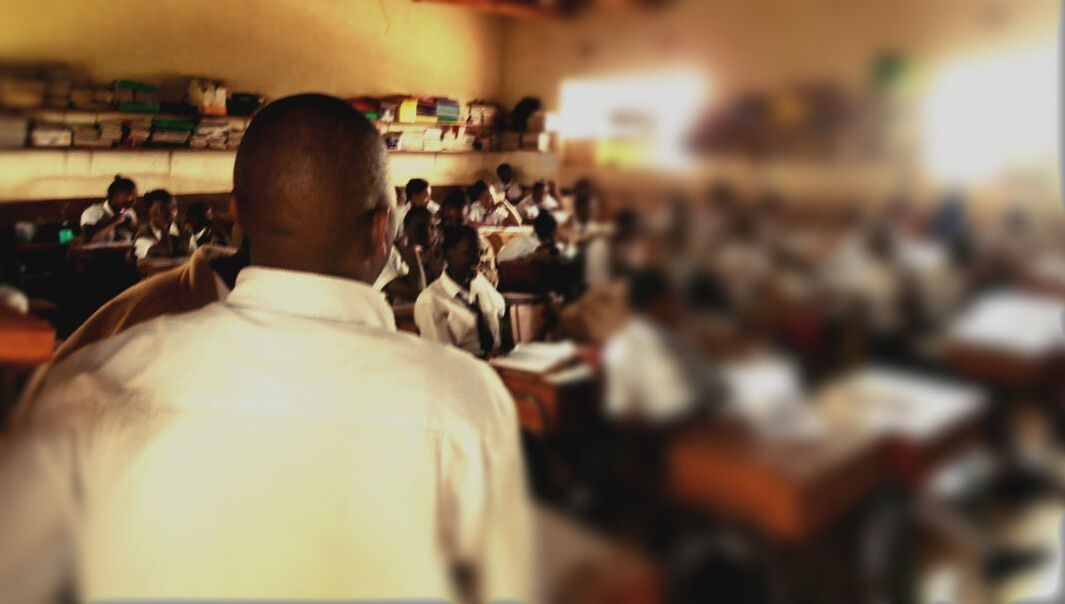
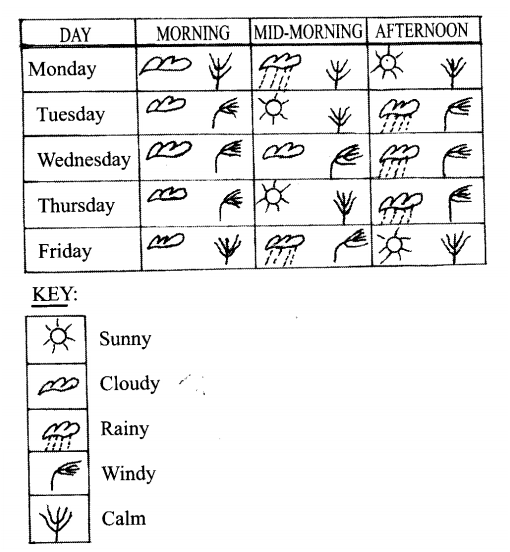
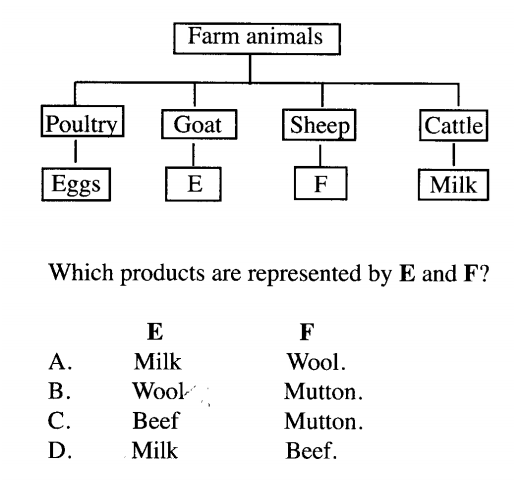
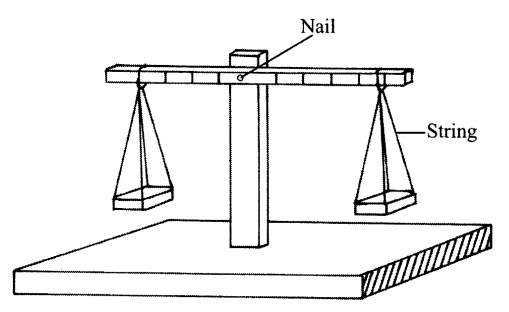
![KCPE PAST PAPERS 2011: SCIENCE QUESTIONS AND ANSWERS [QNS 01-25]](/uploads/6/0/4/0/60406393/published/dsc00178.jpg?1572495858)
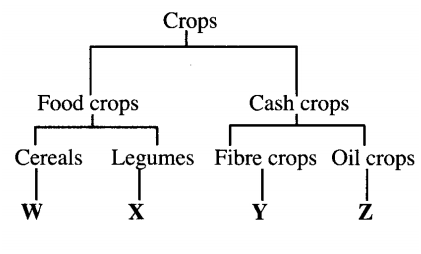
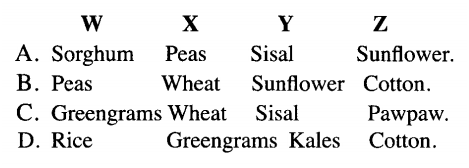
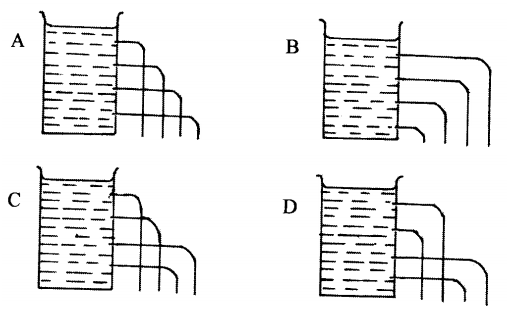
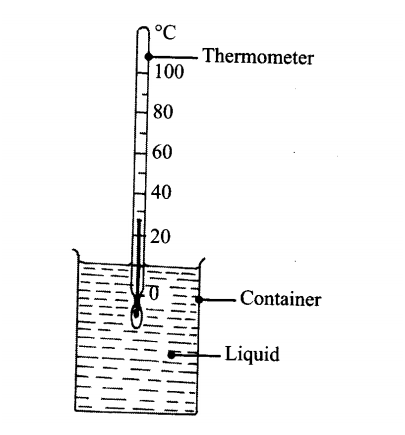
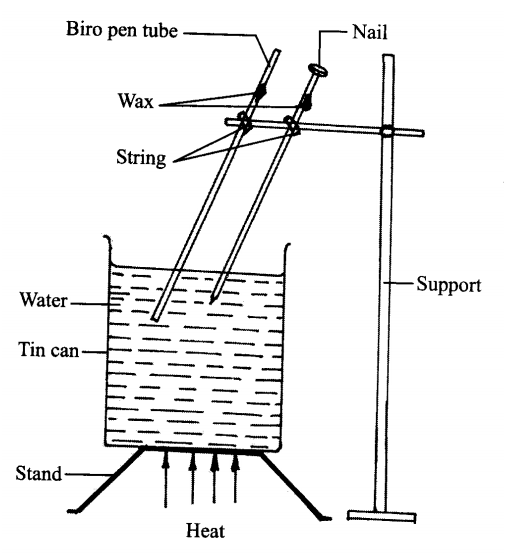
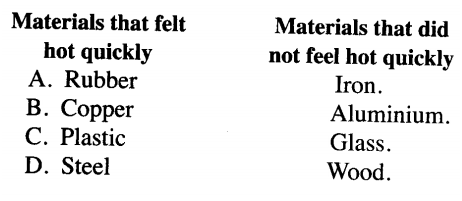
![KCPE PAST PAPERS 2009: SCIENCE QUESTIONS AND ANSWERS [QNS 26-50]](/uploads/6/0/4/0/60406393/published/dscf6061.jpg?1572460977)
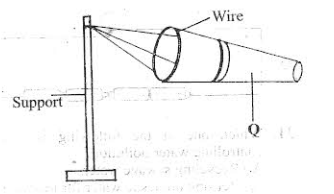
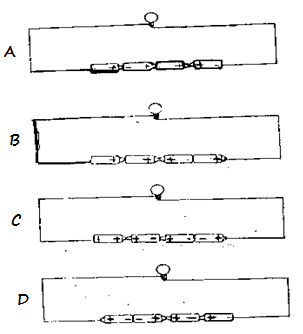

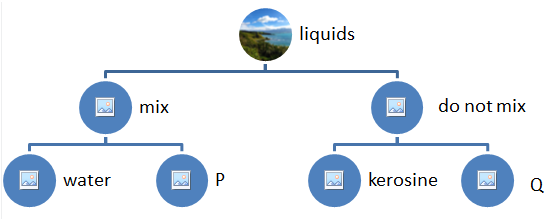
![KCPE PAST PAPERS 2009: SCIENCE QUESTIONS AND ANSWERS [QNS 1-25]](/uploads/6/0/4/0/60406393/published/students3.jpg?1572415895)
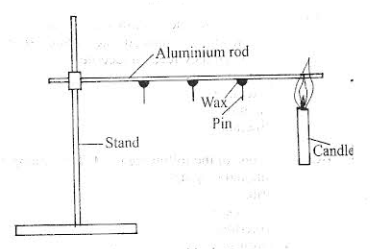
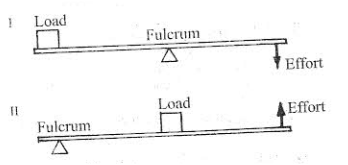
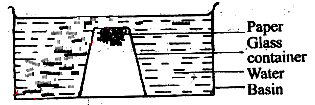
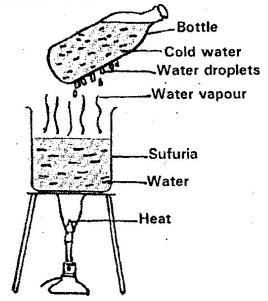
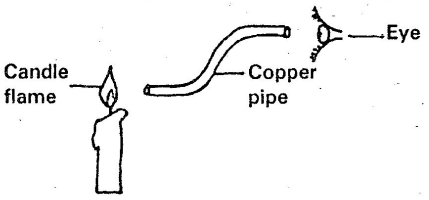
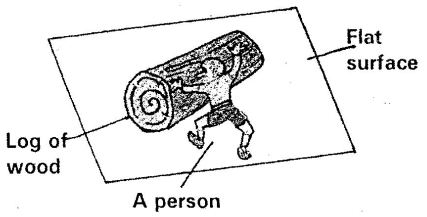
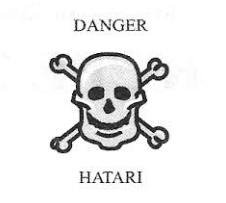
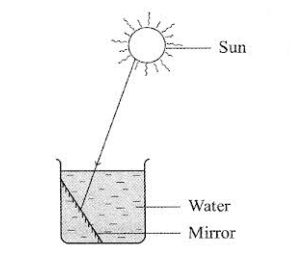
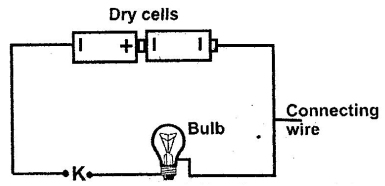
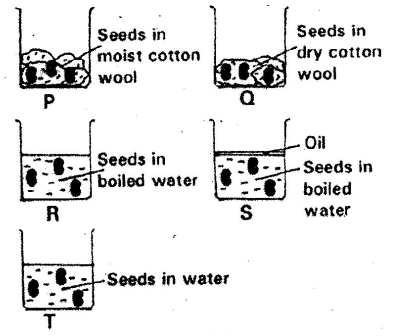
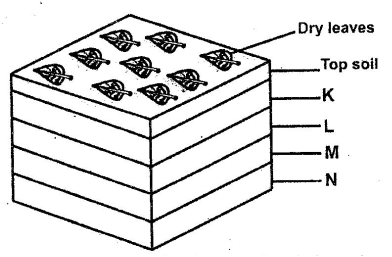
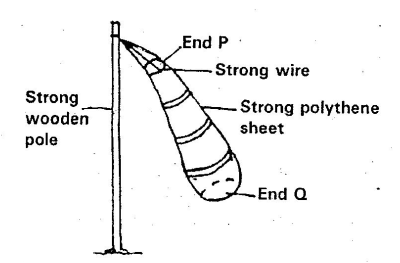
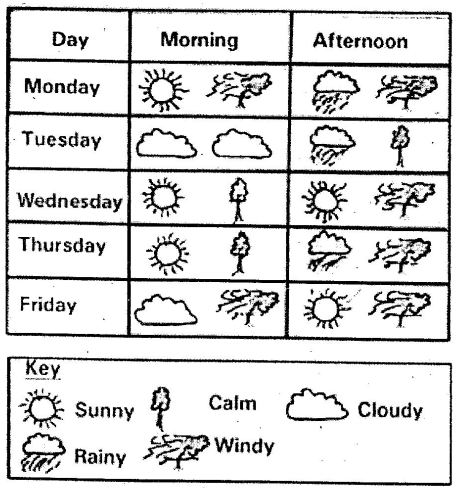
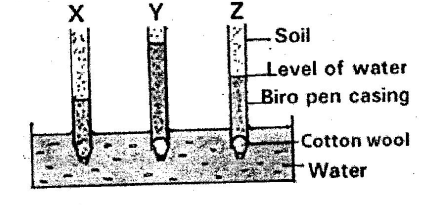
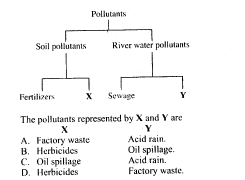


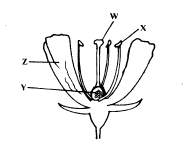

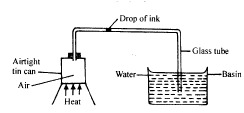
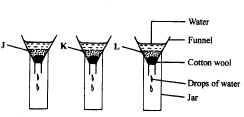

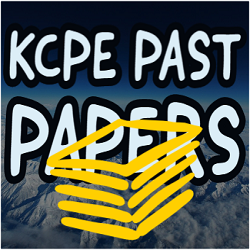
 RSS Feed
RSS Feed

